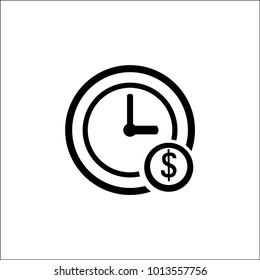
Shares content with others or to social media.ĭenotes an uncompleted task or marks a task as complete.ĭenotes a completed task or marks a task as not complete. Always store the current location when pausing, so playback can resume later. Indicates, displays, or routes to a physical home.ĭenotes the concept of location or accesses the current geographic location.ĭenotes, displays, or saves a geographic location.Ĭreates a new message or denotes the use of messaging. Iconĭenotes, displays, or initiates a cloud-based service.ĭisplays a calendar or event, or performs a related action. For developer guidance, see UIApplicationShortcutIconType. Use the following icons in home screen quick action menus.
Shows content or items recently accessed within a specific period of time. For developer guidance, see UITabBarSystemItem. Moves backwards through media playback or slides. Sends or routes an item to another person or location. Use this icon sparingly, as your app should refresh content automatically whenever possible. Always store the current location when pausing, so playback can resume later.īegins or resumes media playback or slides. Moves an item to a new destination, such as a folder. Saves the state and closes the current view, or exits edit mode.įast-forwards through media playback or slides. Takes a photo or video, or shows the Photo Library.Ĭloses the current view or ends edit mode without saving changes. Shows a modal view containing share extensions, action extensions, and tasks, such as Copy, Favorite, or Find, that are useful in the current context. You can also use a fixed space element to provide padding between navigation and toolbar icons.

For example, Calendar uses “Today,” “Calendars,” and “Inbox” in the toolbar. TIP You can use text instead of icons to represent items in a navigation bar or toolbar. For developer guidance, see UIBarButtonSystemItem. Use the following icons in navigation bars and toolbars. It’s better to design your own than to misuse a system-provided image. Alternative text labels aren’t visible onscreen, but they let VoiceOver audibly describe what’s onscreen, making navigation easier for people with visual disabilities.ĭesign a custom icon if you can’t find a system-provided one that meets your needs. Provide alternative text labels for icons. To avoid confusing users, it’s essential that each image be used in accordance with its meaning and recommended usage. Every system-provided image has a specific, well-known meaning. In apps running iOS 12 and earlier, it’s a good idea to use these built-in icons as much as possible because they’re familiar to people. The system provides built-in icons that represent common tasks and types of content in a variety of use cases. If your app is running in iOS 12 or earlier, follow the guidance below. In iOS 13 or later, prefer using SF Symbols to represent tasks and types of content in your app.


 0 kommentar(er)
0 kommentar(er)
